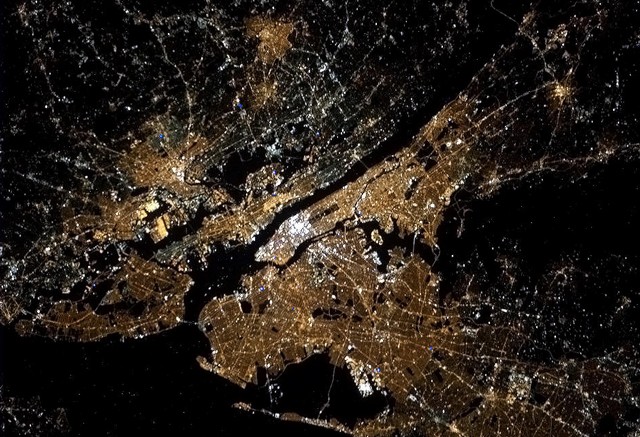YIMBY has featured two stories on the new Census data so far: the first on the actual numbers, and the second on how New York City is growing far faster than anticipated, already almost reaching its projected population for 2020. But in terms of milestones, the biggest story of all is that the New York metropolitan area has now passed the 20 million person mark, with the 2014 estimate clocking in at 20,092,883 individuals.
Last year’s estimates placed the 2013 population at 19,949,502 people, but this year’s revised figures have upped 2013’s numbers significantly, meaning the region actually passed the 20 million mark well over a year ago. The year over year revision now brings 2013’s number up to 20,002,086 people, just a hair over the major milestone.
This makes New York the first metropolitan area in the country to cross the 20 million mark, and it does so by a wide margin. Los Angeles continues to post impressive gains, but New York is now beating its increases in terms of raw numbers, and the numerical distance between the country’s first and second largest metropolitan regions is now increasing for the first time in decades (LA now has 13,262,220 people).
The greater New York region gained 526,443 people between 2010 and 2014, coming in third place nationally, compared with 433,287 in Los Angeles. Houston came in first with a total gain of 569,690, and Dallas came in second, with 528,120. Though the Sunbelt cities are posting larger increases as a percentage of overall population, New York is quickly becoming a renewed juggernaut of national growth in terms of raw numbers, and it shows no signs of slowing down.
Each of the above cities is undergoing an urban renaissance, but the concentration of growth in New York has shifted much closer to the core in recent years, and 60% of the metropolitan region’s population increase between 2010 and 2014 occurred within the five boroughs. That is a dramatic shift from 2000-2010, when the city’s population accounted for a measly 27% of regional population growth (which totaled 622,891 people in all, a figure that may be doubled during the 2010s).
Shifting lifestyle and housing priorities mean that cities across the country are increasingly in demand, but the strain is becoming especially apparent in New York, where housing cannot keep up with growth due to excessive red tape. When New York’s numerical growth is almost the same as that of Dallas, but housing stock keeps rising at the same rate as Paris, it is no wonder that prices continue to spiral.
New York City is now taking in a much larger share of the region’s growth, and its share of New York State’s growth has also jumped significantly. The city accounted for 86% of all the population increase in New York State from 2010-2014, more than doubling it share from 2000-2010, when it comprised only 41% of the growth occurring in New York State. This change is partially due to the fact that almost all counties in New York State outside the city are now posting population declines.
In sum, the five boroughs are now taking up more and more of the region’s growth — which is becoming increasingly impressive across the board — but it is obvious that housing stock is lagging population growth by a significant margin, and the disparity seems to be increasing (made obvious to all who live here by continued and exorbitant increases in rents). Continued growth is a good thing, but with over 20 million people now living in the New York metropolitan region, the city cannot keep moving forward without a comprehensive regional planning policy that covers infrastructure and housing in both New York and New Jersey.
For any questions, comments, or feedback, email [email protected]
Subscribe to YIMBY’s daily e-mail
Follow YIMBYgram for real-time photo updates
Like YIMBY on Facebook
Follow YIMBY’s Twitter for the latest in YIMBYnews

